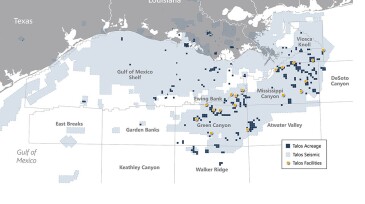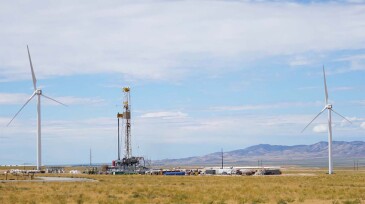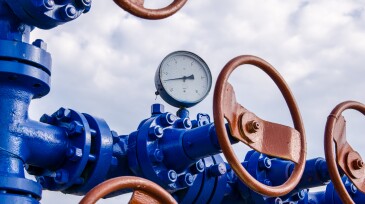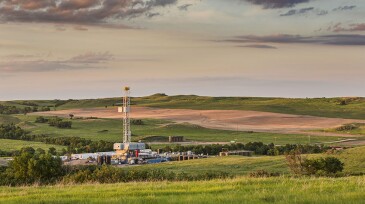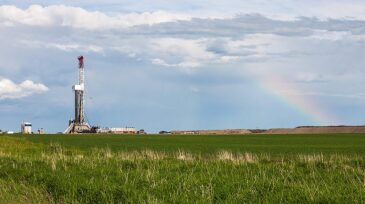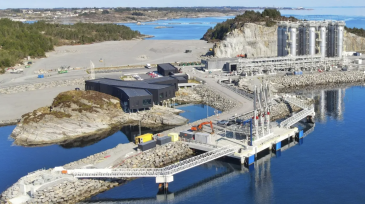Management
Updates about global exploration and production activities and developments.
Experience in subsurface production and lift design is shaping a new generation of geothermal operations built for reliability and scalability.
Only about one-third of Africa’s discovered hydrocarbon resources have reached commercialization.
-
Updates about global exploration and production activities and developments.
-
Straddling Europe and Asia, the Black Sea is emerging as a frontier for deepwater gas exploration and production as Romania and Turkey drive projects complicated by subsea hazards found nowhere else on earth.
-
Maximizing profits in geothermal energy may require the flexibility to adjust output as electricity prices fluctuate. Battery storage can ensure power is available when prices peak.
-
In this vodcast and column, Olivier Houzé explores the polarized views among SPE's members about the energy transition, highlighting the geographic and demographic differences. He examines historical perspectives on energy transitions, evaluates future scenarios, and discusses how SPE can adapt its mission to stay relevant.
-
Oil and gas leaders identified the upcoming US presidential election and economic uncertainty as significant drivers of their decision making for 2025.
-
Over the past 75 years, drillers have gone from the Stone Age to the Space Age when it comes to technological improvements in well construction methods. Yesterday’s crude wood and iron drilling techniques have given way to today’s video game-inspired controls and robotic assistance—much of which migrated from offshore applications. These advancements have driven costs…
-
The Eagle Ford deal comes as the US LNG market's growth remains stunted by policy.
-
The facility for open-source carbon capture, transport, and storage has been completed.
-
New names and new deals continue to reshape the US shale sector.
-
The conference program focused on powering the future of energy with a century of innovation.




